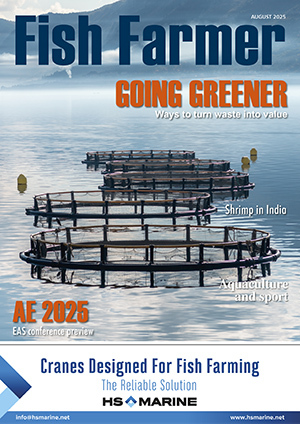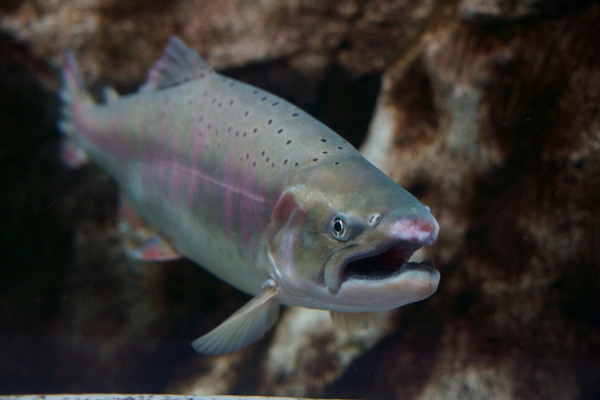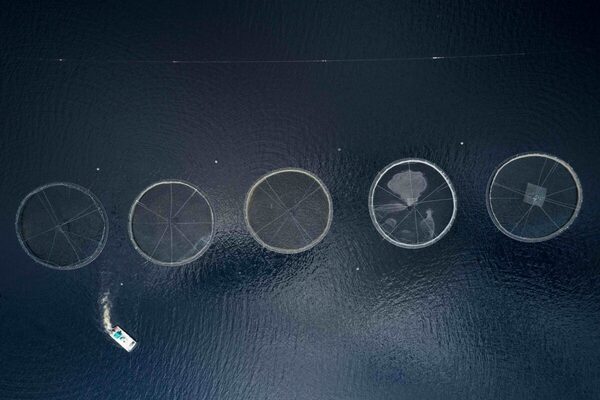SalMar profits slump in challenging market
The large Norwegian salmon farmer SalMar today became the latest company to blame weak salmon prices on lower 2025 second quarter profits.

SalMar also said that the price drop affected the results from Scottish Sea Farms, in which it shares ownership with Leroy, even the biological performance continued to be good.
While revenues were higher at NOK 6,175m (£447m) against NOK 5,188m (£375m) a year ago, the operational EBIT or operational profit was substantially down to NOK 524m (£38m) against NOK 1,378m (£100m) in Q2 2024.
The slaughter volume was 64,500 tonnes, well up on the 44,800 tons 12 months earlier.
The operational EBIT per kg was NOK 8.1. almost four times lower than the NOK 30.1 figure last year.
Salmar said growth in the sea has been very good, which facilitates increased volume, with a higher superior share and positive cost development in the second half of the year.
It added: “As expected, the second quarter was characterized by weak price performance due to a high proportion of downgraded fish, especially in Central Norway.
SalMar CEO Frode Arntsen said: “In short, we are satisfied with the development in biology in the quarter, this paves the way for increased volume and positive cost development for the second half of the year. Financially, as expected, it was weak due to low price achievement in the second quarter.”
He continued: “The first half of 2025 has shown good biological performance in the sea, in terms of growth and survival, and we enter the third quarter with a record high biomass for the season.
“This paves the way for increased volume in the second half of the year. Good growth and reduced costs for several input factors mean that a positive cost development is expected in the second half of the year when harvesting from new generations.
“At the same time, the superior share has increased significantly from July 2025 onwards, compared to what was experienced in the first half of the year.”
SalMar now expects to achieve harvest figures as follows: 262,000 tonnes in Norway, 7,200 tonnes from SalMar Ocean, 13,000 tonnes in Iceland and 32,000 tonnes in Scottish Sea Farms (100% basis).
Taking into account the relative share from Scottish Sea Farms, a total of 298,000 tonnes is expected for the group, this represents an 18% growth in harvest volume compared to 2024.
It also said that although the first half of the year has been marked by lower salmon prices and global uncertainty, SalMar has been experiencing strong demand for its products.
SalMar also expects lower global supply growth in the second half of 2025 compared to what was experienced in the first half of this year.
Why not try these links to see what our Fish Farmer AI can tell you.
(Please note this is an experimental service)




